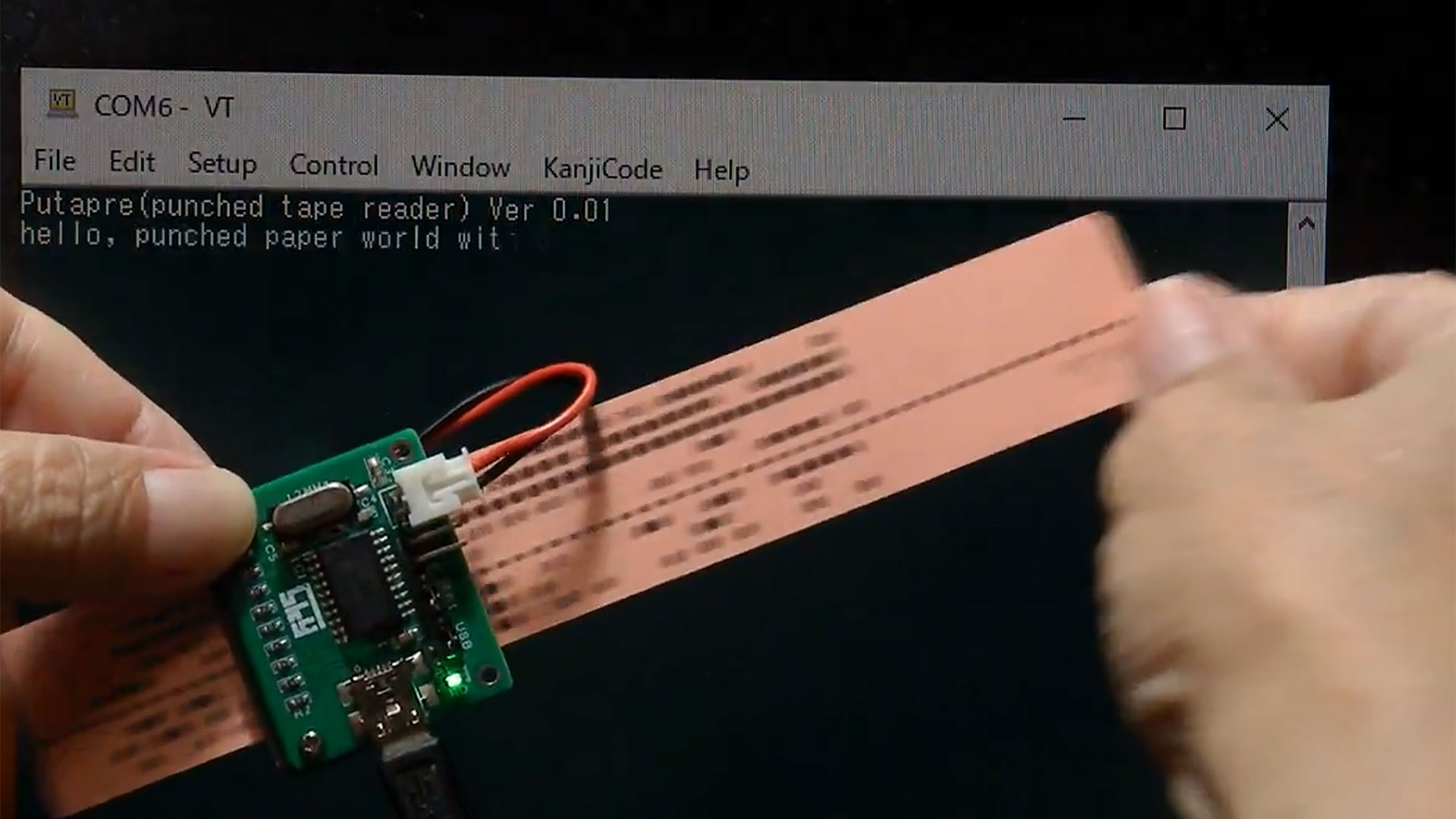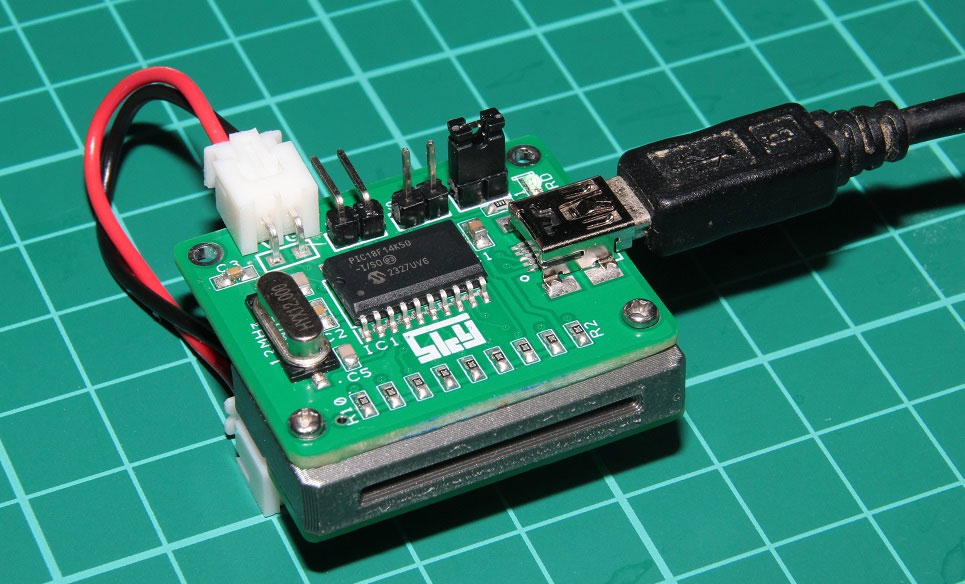Retro computing enthusiast creates perforated tape reader designed 'from scratch' — reads data at about 50 bytes per second
The punched card computer era finally shuttered in 1984, when IBM discontinued card manufacturing, but some people miss it.

A retro computing aficionado, electronics enthusiast, and maker has demonstrated a freshly created perforated tape reader, dubbed the Putapre. Skyriver says they designed this highly compact device from scratch (machine translation) using minimal parts. The maker’s device is said to be much faster than punched tapes or cards of old which used contact-based sensing technology, as this device uses an optical sensor and modern microcontroller to read the data. We roughly estimate the data transfer speed at approximately 50 bytes per second, but expect the device could perform faster over a longer data feed.
穿孔テープのリーダーをフルスクラッチで開発中ですセンサー周りの調整が終わり安定してデータが読み取れるようになりました詳細は下記のurlを参照して下さいhttps://t.co/UviWeRhqfI#穿孔テープ #テープリーダー https://t.co/snDbnvm9rS pic.twitter.com/I8x9zGdgp2November 21, 2025
Click ‘See more’ to watch the perforated tape demo video
Skyriver explains that they were inspired to create this reader from their retro-tech-stuffed social media feeds. Perforated tapes and punch cards are deeply rooted in the history of computing and were used to store and recall machine data even before the era of computing. So, it is easy to understand the lure of such a project. Moreover, images of these tapes certainly have a visual appeal.
On the linked tape reader project page, you can gain a deeper understanding of Skyriver’s goals, project build, and hardware/software decisions.
A single, simple USB-enabled 8‑bit microcontroller from Microchip’s PIC18 family was used as the brain behind the project. As for other major components, we’d highlight the phototransistor and infrared LED behind the ‘mechanics’ of the reader, providing light to shine through perforations and a way to check where holes are situated.
Skyriver’s blog delves into the technical details of adjusting LED strength and sensor configuration. They kindly share some of the testing results and sweet spot specifications, which they say “took a lot of time to adjust.” Other adjustments required to make the system work well involved measures against crosstalk, and even the choice of paper tape material. Finally, a 3D printed tape guide and some practice got things working well on the hardware side.
The maker doesn’t talk much about the software, but you can see it does the job in the demo video. Nevertheless, Skyriver indicates this is an area for attention, to add polish to the project.
Get Tom's Hardware's best news and in-depth reviews, straight to your inbox.
The punched card computer era ended in 1984, when IBM discontinued such systems, but was largely superseded by magnetic tape starting from the 1950s.
On the topic of ‘what’s next,’ Skyriver says they hope to make a matching compact device to create punched tapes for this system. Currently, the enthusiast has to create vector files (apparently DXF) and output them using a laser cutter and engraver. That sounds like a laborious way to create the tapes. Though this project is hardly about efficiency… It is for fun, of course.

Follow Tom's Hardware on Google News, or add us as a preferred source, to get our latest news, analysis, & reviews in your feeds.

Mark Tyson is a news editor at Tom's Hardware. He enjoys covering the full breadth of PC tech; from business and semiconductor design to products approaching the edge of reason.
-
JRStern It's very cute, I like it, I'd give him an A, but I wonder if he puts it on his resume that employers would think poorly of it.Reply
Anyway half the fun of a paper tape reader is watching the mechanicals shoot the tape halfway across the room and rip it to shreds.

